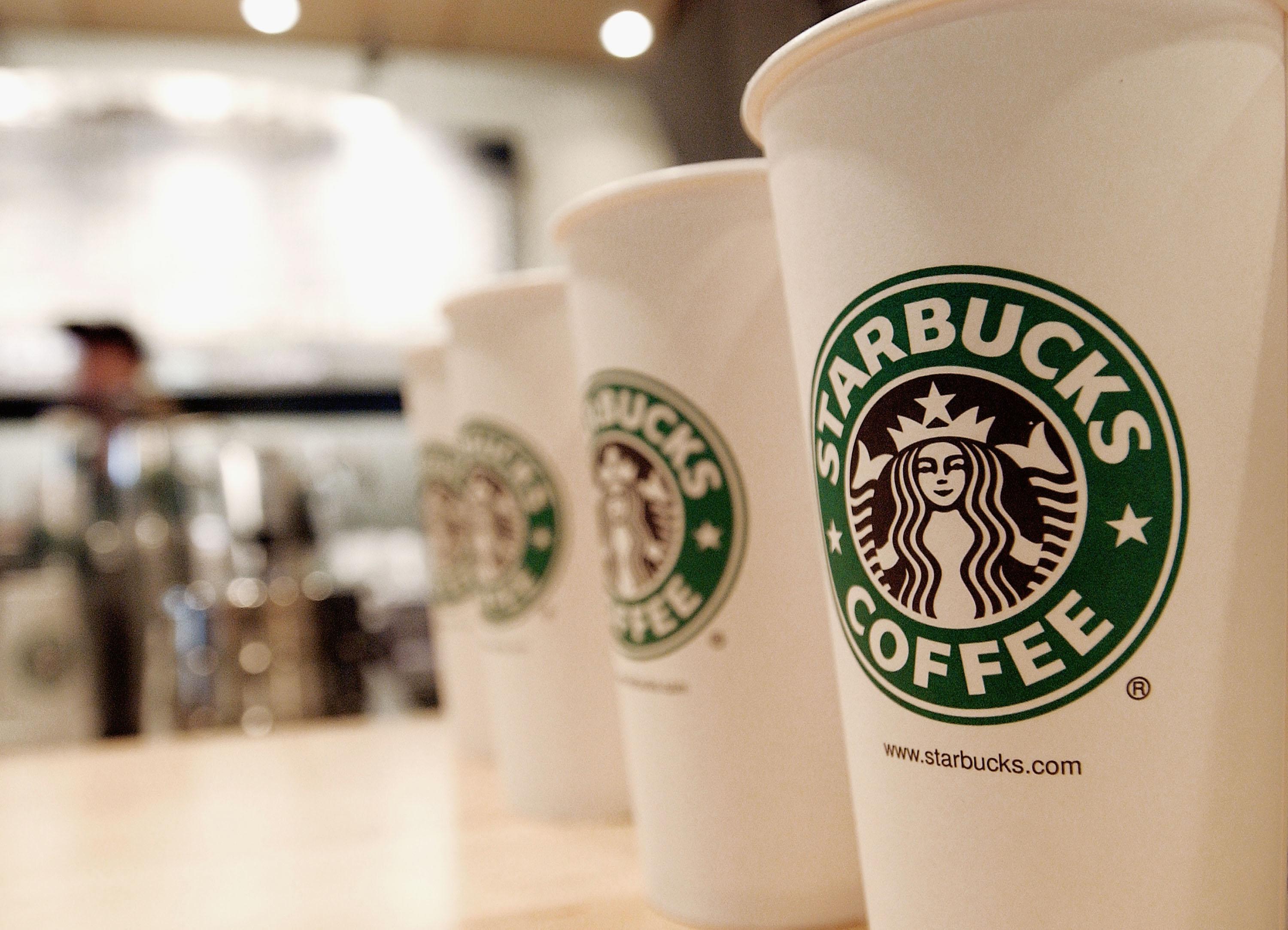The on-demand economy already has cars and takeout and cars combined with takeout. Now it’s about to get a jolt of caffeine. Starbucks said Wednesday that it will begin testing a new delivery service in Seattle and at the Empire State Building in Manhattan in the second half of 2015.
The on-demand service in Seattle will be facilitated by delivery company Postmates, and a key factor will be fleetness. But can Postmates really deliver coffees (or lattes, or venti mocha cookie frappuccinos) so fast that they’re still hot on arrival? “Speed is the number one thing,” Postmates CEO Bastian Lehmann told Re/code. “We’re actually working with Starbucks on trying to figure out what the best delivery containers are. Is there a packaging that we can develop together? Is there a cup that’s a better to-go cup?”
Starbucks is likely counting on the strength of its mobile app to support orders on the new delivery platform. Back in November, Starbucks revealed during an earnings call that 16 percent of its transactions in the U.S. were done over mobile—about 7 million payments per week—and that the number of mobile payments was growing by nearly 50 percent each year. Linking delivery to that mobile platform should yield a ready-made audience. At least in Seattle, the service will also probably benefit from the fact that Seattle at one point had more Starbucks per capita than any other major U.S. city.
At the Empire State Building, Starbucks’ “green apron” service will work a little differently—an employee of the Starbucks already located in that building will bring the order directly to the office. Both types of deliveries will carry some kind of fee that hasn’t yet been disclosed. “The truth is we’re not sure exactly how it will play out,” Adam Brotman, Starbucks’ chief digital officer told Re/code. “Is one the national approach and one for dense urban environments only? We are truly in learning mode right now but we’re excited about them both.”
As Brotman said, the two services are fundamentally different, so it’s hard to know how they’ll pan out. Putting aside Seattle, it’s kind of mind-boggling that there are professionals in the Empire State Building who would rather pay to have their coffee delivered than take an elevator to the Starbucks conveniently located inside the building, wait in line for a bit, and bring said coffee back to their office. Or that the kind of people willing to pay a premium for coffee delivery wouldn’t already have office minions to run the errand for them.
